In this part of the article we are going to analyze the original footage recorded by FS7, A7S and C300 in depth and show the results of the grading.
But before that, we mean to draw your attention to the outcomes of the gamma curves elaboration made by the Sekonic Data Transfer software that we were able to get by exposing the cameras within a 6 stop range (-3, -+0 and +3).
Below you can see the curves resulting from the analysis of hte Canon C300 footage. The Sekonic software shows 7.8 stops of dynamic range which will end up being the lowest values of the whole bunch. Distance from the center (+-0 stop exposure as read by the stop meter) is pretty much equal on both sides (shadows and highlights) showing a balanced handling of dark and light areas of the image.
FYI, the values deduced by the Sekonic software refer to the USABLE dynamic range of each camera and it’s no mistery they are usually a 30-40% lower than the “official” numbers you can see in the specs sheet.
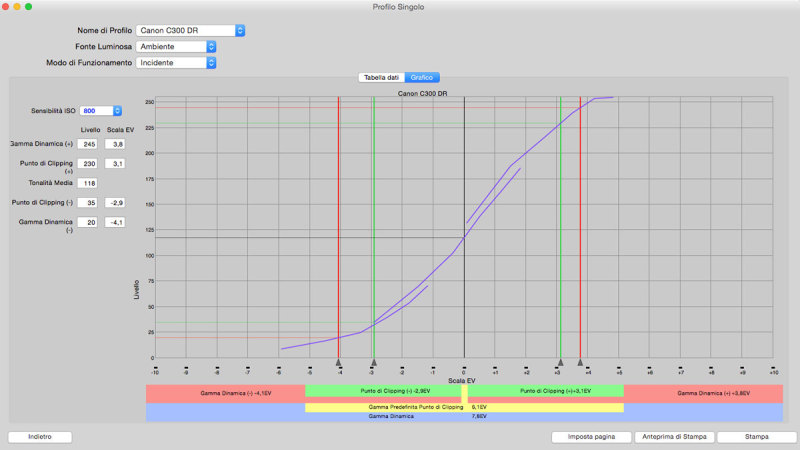 This chart refers to the A7S #4 picture profile. As mentioned in the part 1 of the article we used this picture profile to compare it with the more performing but trickier Slog2. Dynamic range is 8.1 stops as the result of the analysis of the distance between the two clipping points (absolute black and absolute white).
This chart refers to the A7S #4 picture profile. As mentioned in the part 1 of the article we used this picture profile to compare it with the more performing but trickier Slog2. Dynamic range is 8.1 stops as the result of the analysis of the distance between the two clipping points (absolute black and absolute white).
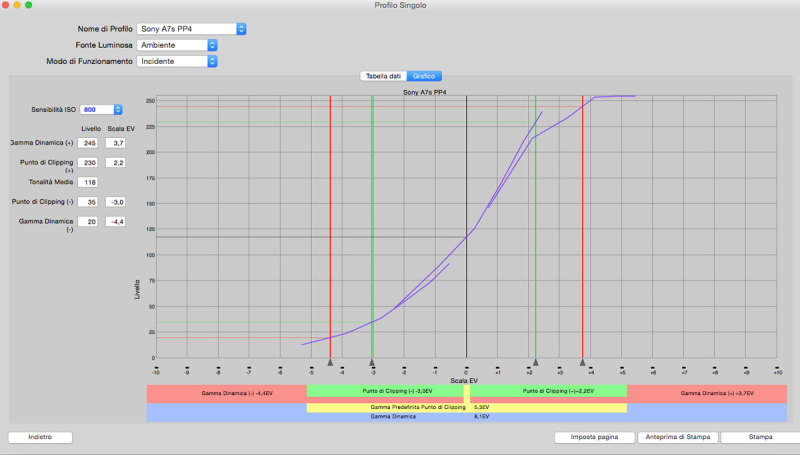 The A7S Slog2 chart shows 9.1 stops of dynamic range with a dominant left side (more info in the darker areas). Since these results partly differ from what you can read on the internet (see Alister Chapman articles on Slog2 and Slog3) we remind you that exposure was set on the lens according to the reading of the exposure meter (despite the indications of white papers), and this is probably why Sony A7S seems to underperform in this test.
The A7S Slog2 chart shows 9.1 stops of dynamic range with a dominant left side (more info in the darker areas). Since these results partly differ from what you can read on the internet (see Alister Chapman articles on Slog2 and Slog3) we remind you that exposure was set on the lens according to the reading of the exposure meter (despite the indications of white papers), and this is probably why Sony A7S seems to underperform in this test.
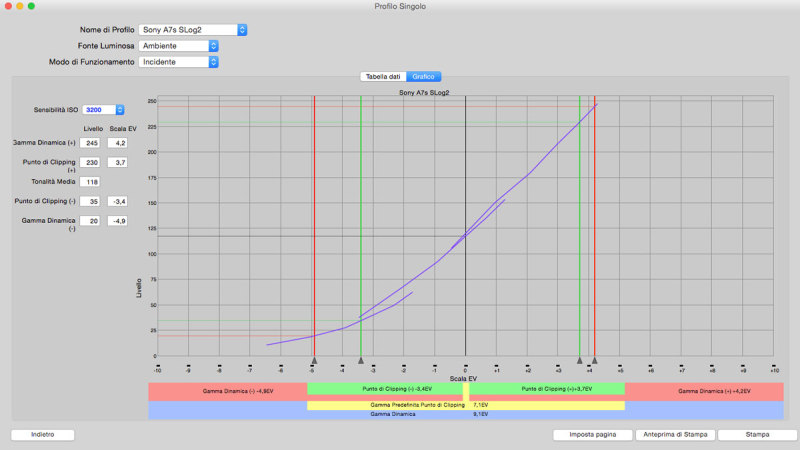 8.6 stops is the dynamic range of Sony FS7 as recorded using the HG2 (hypergamma preset). We used this preset so that we could match Canon C300 native sensitivity. As you can see the distance from the left red line to the black line in the center is way bigger than the gap on the right.
8.6 stops is the dynamic range of Sony FS7 as recorded using the HG2 (hypergamma preset). We used this preset so that we could match Canon C300 native sensitivity. As you can see the distance from the left red line to the black line in the center is way bigger than the gap on the right.
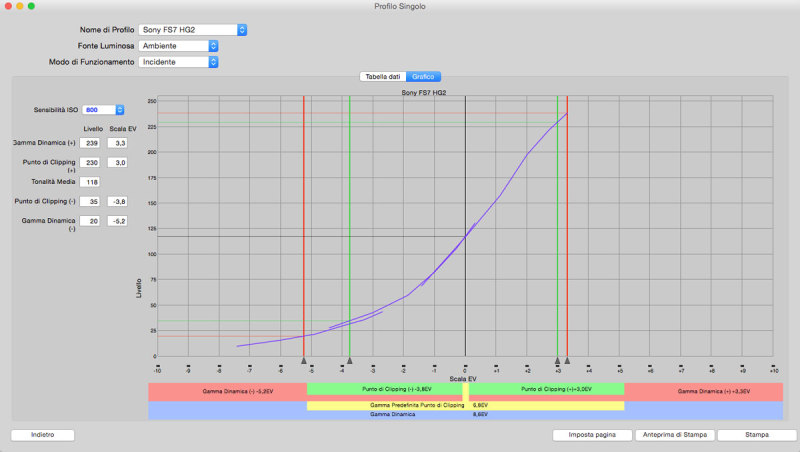 This chart below shows how the Sony FS7 Slog3 features the widest dynamic range of the bunch (just above 10 stops) with a clear ratio of 6:4 in the shadows/highlights handling.
This chart below shows how the Sony FS7 Slog3 features the widest dynamic range of the bunch (just above 10 stops) with a clear ratio of 6:4 in the shadows/highlights handling.
Note: as you might have noticed from the video in part 1 of this article, the image recorded by the Sony FS7 using HG2 800 ISO seems to be a little darker than its Canon C300 and A7S akins. We actually felt like Sony bugged this sensitivity setting and at 800 you can expose correctly if you use the aperture values read by the spot meter set on 640 ISO.
Analysis
Throughout the whole test, Sony FS7 seems to be the most solid competitor thanks to its high quality codec and a pretty reliable sensor. As illustrated by Alister Chapman’s articles Sony Slog3 allows us to have a lot of information and reduced noise in the dark areas of the image if you expose 1/1,5 stops above the spot meter reading. As you can see, “SLog3 +3 stops” delivers a clean, noise-free image with a smooth highlight rolloff whereas -3 stops shows a lot of noise in almost every part of the image.
You can trace this same pattern here with SonyA7 SLog2, although the effects of the underexposure are way more evident.The HG2 preset (which you might consider a baked-in REC709 LUT) doesn’t seem to handle highlights as successfully as Slog3 but delivers a clean image even when underexposed. The skin tone is hard to judge in the +-0Stop clip since it is blatantly underexposed due to the 800/640 ISO bug. Despite that, the +3 HG2 clip is not bad at all skin-wise but the highlight rolloff is not as smooth as in the Slog3 clip.
Footage from Sony A7S was kind of a surprise. Its color science (but we’ll see that in the next part of this article) is not so close to its bigger cousin’s and there’s a huge difference on how Slog2 and PP4 handle dark and light areas of the image. SLog2 seems to suffer from visible noise even when properly exposed while it performs greatly when overexposed. On the other hand, PP4 delivers a nice and smooth image at ISO 800 in the +-0Stop and -3Stop range. Yet, you cannot ignore an intense blue color shift in the highlights that might ruin your footage and that you definitely must pay attention to. The +3Stop clip ended up being unusable even after intense color correction.
Canon C300 HDR footage is, in our opinion, the better looking among the LUT baked-in presets. It’s balanced, colors are clearly separated and presents smooth and pleasant transitions from dark to light areas. Yet, once overxposed, things start to change and those same transitions seem to be much harsher and strong. In the underexposed footage noise patterns are all over the image, mostly highlighted by the less efficient mpeg2 8bit codec.
Down below you will find the clips as they were graded through DaVinci resolve 11.
Please note that I am no colorist despite being a big fan of this software. I didn’t intend to apply any LUTs to the footage since the aim of the test was to match, where possible, the clips coming from the three different cameras. By doing that, their color science discrepancies inevitably came out revealing each camera’s own “personality”.
This color correction is far from perfect and I could have spent more time struggling with curves, color wheels and masks but that was not the purpose of this test. Where feasible (basically with the properly exposed footage), I used the X-rite color chart to color match the footage through DaVinci dedicated window.
I strongly referred to the waveform window in order to reach a similar pattern among cameras. In the next part of the article I will address the color science issues by showing the details of the waveforms and analysing the color correction process in depth.
FS7-A7S-C300 graded footage from Keyframe di Christian Balducci on Vimeo.

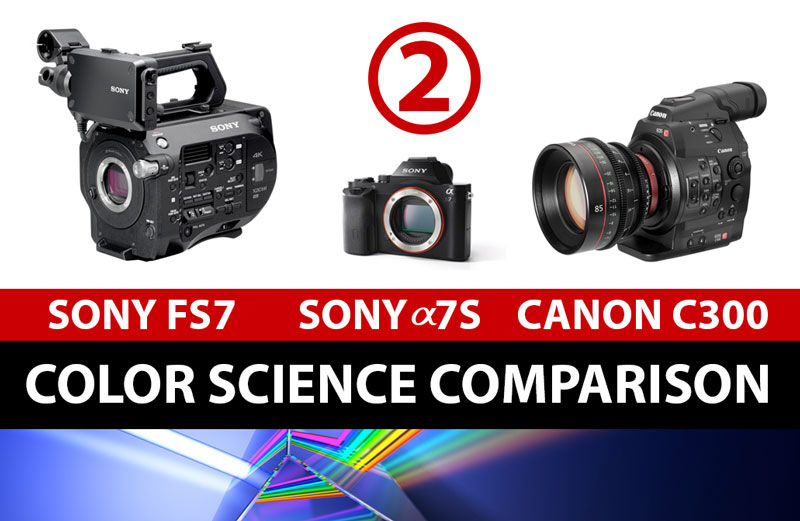
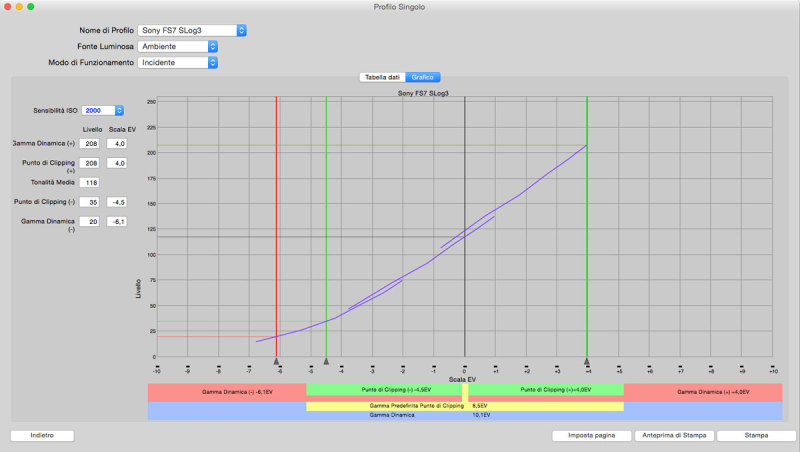
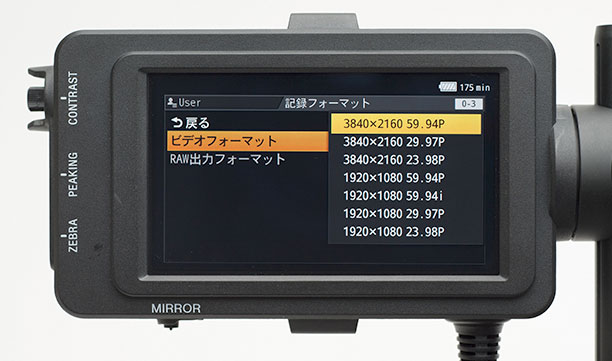
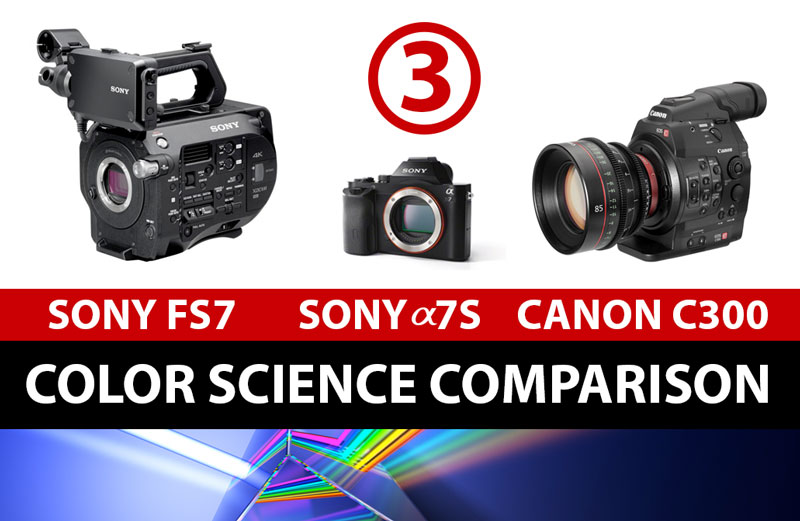
13 Comments
Aaron
26 Nov 2014
Paul
26 Nov 2014
alisterchapman (@stormguy)
28 Nov 2014
Side-By-Side Comparison of the Sony FS7, Sony a7S and Canon C300 Footage | 4K Shooters
03 Dic 2014
K Martin
09 Dic 2014
Keyframe
10 Dic 2014
ralf
27 Dic 2014
Hasan Dubai
30 Dic 2014
Keyframe
30 Dic 2014
auxmar
09 Mar 2015
Keyframe
09 Mar 2015
auxmar
11 Mar 2015
Keyframe
11 Mar 2015